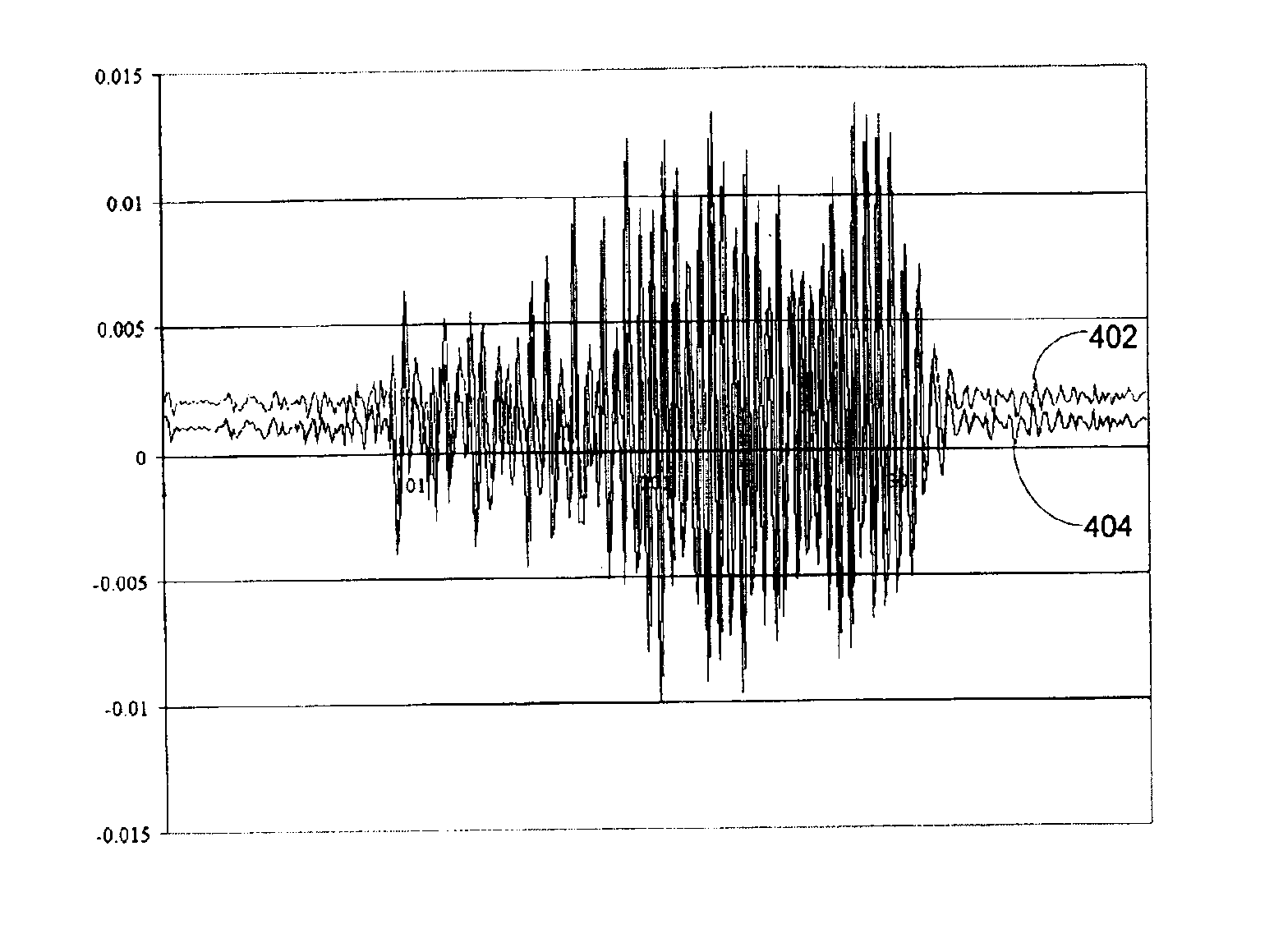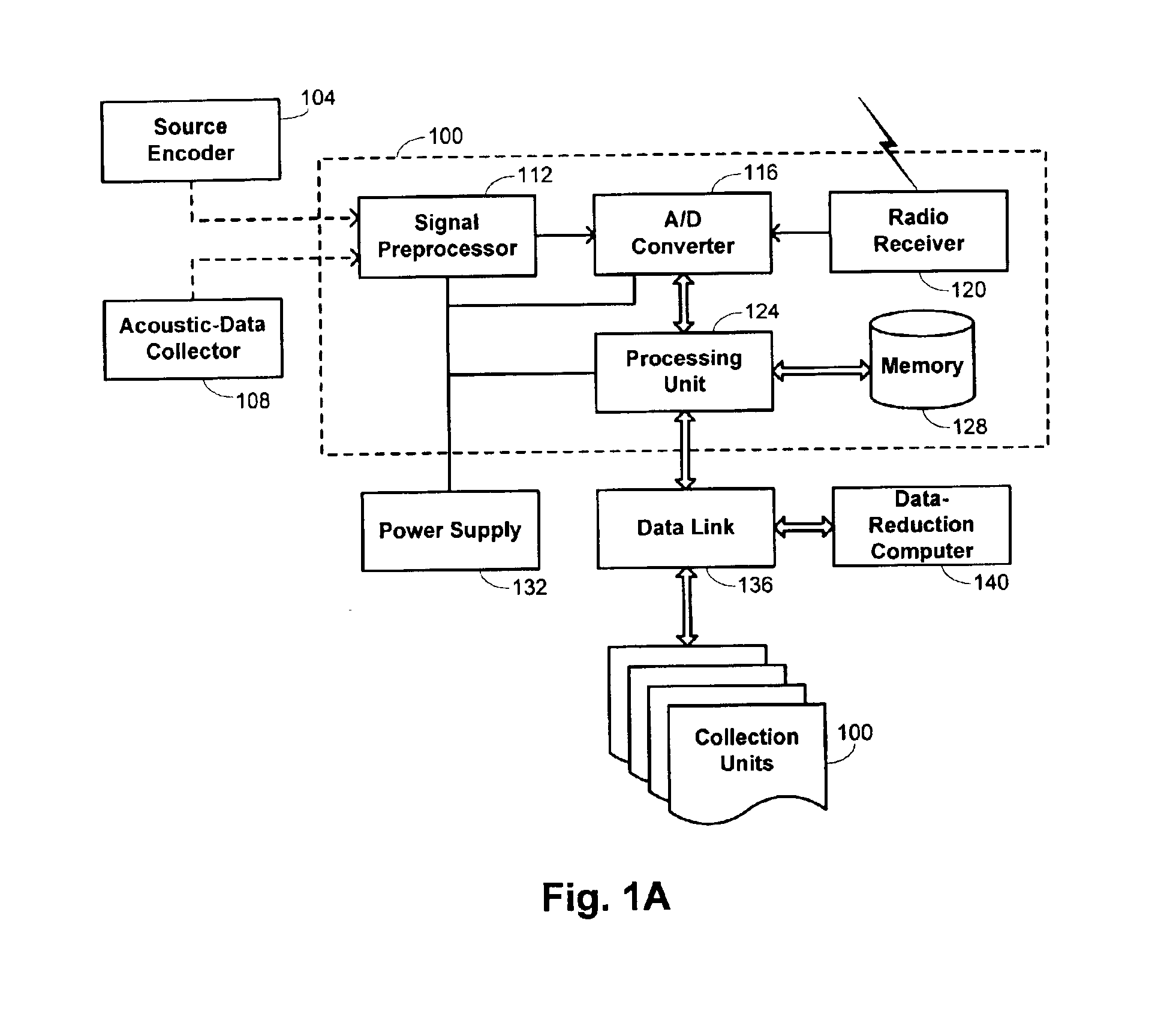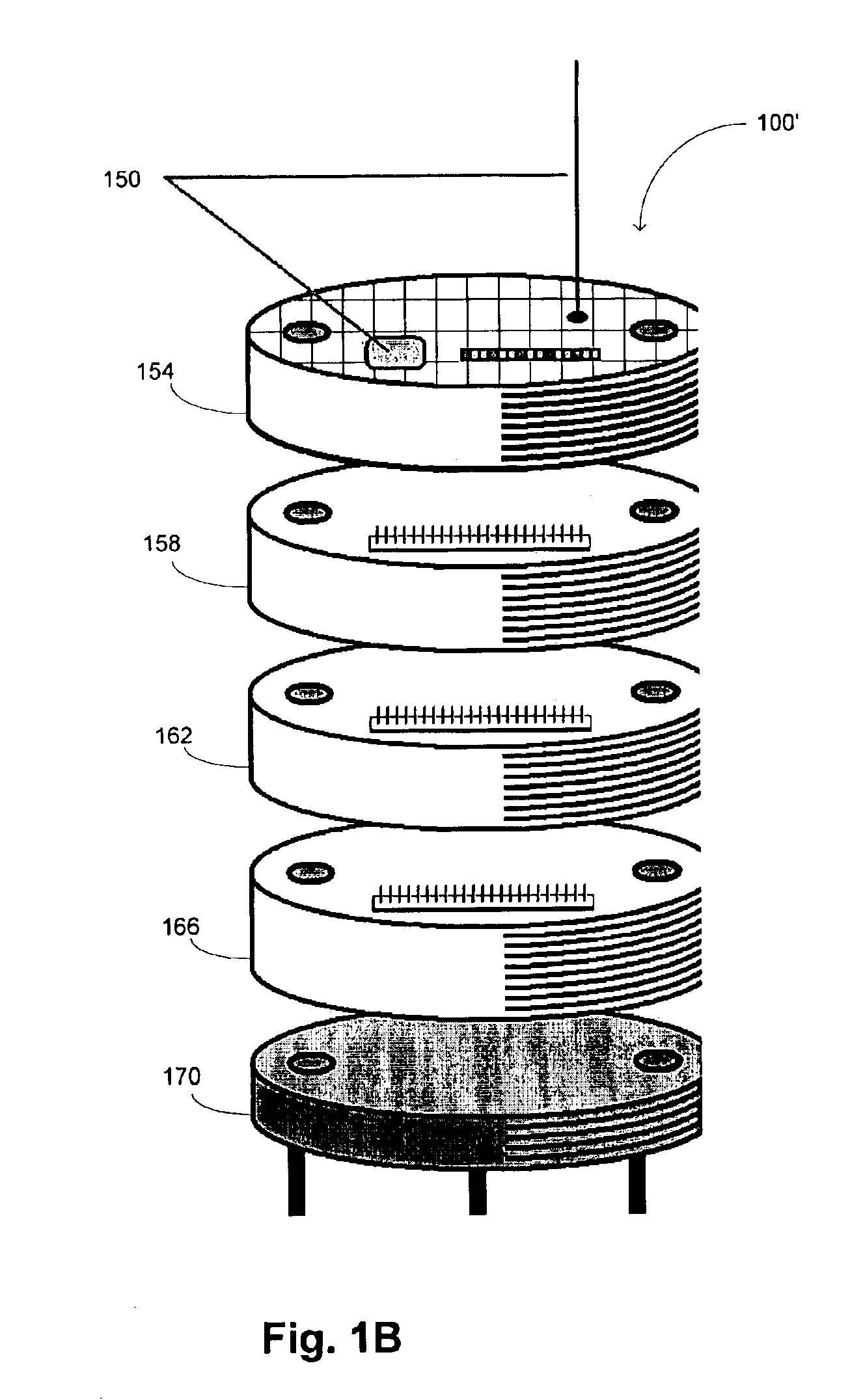Methods and systems for acquiring seismic data
a technology of seismic data and methods, applied in the field of methods and systems for acquiring seismic data, can solve the problems of slow wireless telemetry, unreliable, and limited geographic distribution of receivers by human-generated explosives, and achieve the effect of simplifying the way
- Summary
- Abstract
- Description
- Claims
- Application Information
AI Technical Summary
Benefits of technology
Problems solved by technology
Method used
Image
Examples
Embodiment Construction
[0018]Embodiments of the invention are directed to methods and systems for acquiring seismic data. As used herein, references to “acquiring” seismic data are intended to be construed broadly as referring to various stages in a seismic-data acquisition process, including collection, storage, and processing of seismic data.
[0019]Embodiments of the invention make use of a plurality of individual wireless seismic collection units. The individual collection units may function as data sensor recorders and / or as source-event recorders. Each collection unit records an independent stream of seismic data over time, such as in the form of displacement versus time. The collection units do not require radio contact with other collection units, nor do they require direct synchronization with other receiver units or with a source start time. In addition, the collection units do not require that a master unit initiate a recording sequence. In these embodiments, it is possible to eliminate the use o...
PUM
 Login to View More
Login to View More Abstract
Description
Claims
Application Information
 Login to View More
Login to View More - R&D
- Intellectual Property
- Life Sciences
- Materials
- Tech Scout
- Unparalleled Data Quality
- Higher Quality Content
- 60% Fewer Hallucinations
Browse by: Latest US Patents, China's latest patents, Technical Efficacy Thesaurus, Application Domain, Technology Topic, Popular Technical Reports.
© 2025 PatSnap. All rights reserved.Legal|Privacy policy|Modern Slavery Act Transparency Statement|Sitemap|About US| Contact US: help@patsnap.com



